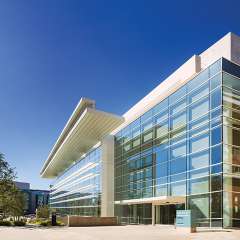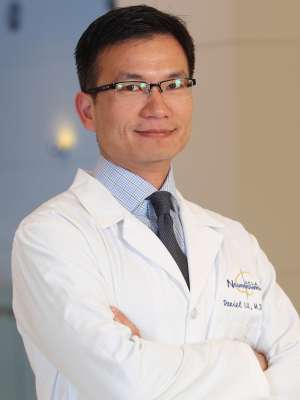Accepting New Patients
Daniel C. Lu, MD, PhD
- Spine Surgery|
- Neurosurgery
Jump to:
About
Membership, Medical Organizations:
- American Association of Neurological Surgeons
- American Association for the Advancement of Science
- Congress of Neurological Surgeons
- AANS/CNS Section on Disorders of Spine and Peripheral Nerves
- AANS/CNS Section on Neurotrauma & Critical Care
- Society for Neuroscience
Languages
Education
Medical Board Certification
Neurological Surgery, American Board of Neurological Surgery, 2014
Fellowship
Neurological Surgery, Semmes-Murphey Neurologic & Spine Institute, 2010
Residency
Neurological Surgery, UCSF Department of Neurological Surgery, 2009
Internship
Surgery, UCSF Department of Surgery, 2004
Degrees
MD, UC San Diego School of Medicine, 2003
PhD, University of California, San Diego-Neurosciences Graduate Program, 2001
Recognitions
- Super doctors, Southern California, 2025
- Super Doctors® Southern California, 2023 - 2025
Related Clinical Trials
Locations

UCLA Health Beverly Hills Cancer Care
Fax:310-206-9987
Medical Services
Areas of Focus
Videos
Meet Daniel C. Lu, MD, PhD
The Violin Surgeon
Dr. Daniel Lu Presents Erika Kort with the Courage Award at the Visionary Ball 2023
Spinal Cord Injury Research
Minimally Invasive Tubular Surgery for Transforaminal Lumbar Interbody Fusion
Minimally Invasive Palliative Resection of Lumbar Epidural Metastasis
Minimally Invasive Surgery for Lumbar Microdiscectomy
Nuances of Occipitocervical Fixation
In the News
UCLA neurosurgeon has a passion for violins - Spectrum News 1, 2023
For Surgeons, Artistry Is Vehicle for Helping Others - American College of Surgeons (ACS), 2024
Insurance
- Aetna
- Anthem Blue Cross
- Blue Shield of California
- Centivo
- Cigna
- First Health
- Health Net of California
- Interplan (part of HealthSmart)
- Medicare Advantage
- MultiPlan
- UFCM Health System
- Prime Health Services
- Private Healthcare Systems (PHCS)
- TRICARE
- UnitedHealthcare
The list of health care plans above may not be comprehensive and could change.
Please contact your benefits coordinator or health insurance company directly to verify coverage.
Visit our health insurance information page for more details.
Recognitions
- Super Doctors® Southern California, 2023 - 2025

